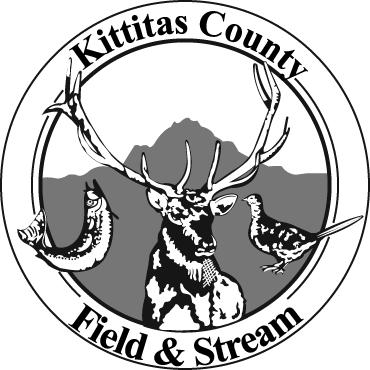Maybe you’ve spent a few hours parked and waiting for Mother Nature to bless you with a safe trip over the Cascades, too, or for our hard-working road crews to clear away her white gift of winter. We have had no shortage of those delicate hexagonal crystals of ice floating gently from the sky, softly filling roads and mountain passes, or being packed onto slippery, slushy and scary road surfaces. No shortage either of people – on both sides of Snoqualmie Pass – who have had enough.
“Okay,” said Homey, clearly a bit crabby after having shoveled more snow than most of us have seen in Paradise for a decade and more, “you write about snow and how ‘glorious’ and ‘beyoootiful’ it is. Remind me… Convince me!”
The gauntlet dropped, I am duty bound to respond to his pitiful plea. Then, too, I have been fascinated by snow all my life – and devoted several years of my otherwise-squandered youth studying such meteorological and physical wonders.
Therefore, as Mr. Glass-Is-Half-Full Snowflake Information Director for the Reecer Creek Rod, Gun, Working Dog and Outdoor Think Tank Benevolent Association, I am compelled once again to offer a glimpse into the science, beauty and magic of snowflakes. I don’t even mind standing in the cold for the discussion.
Originally, the Greek word “crystal” meant “ice,” and it was applied to quartz, since quartz was then thought to be permanently frozen ice.
Scientist Ukichiro Nakaya raised the study and science of ice crystals to an art form in northern Japan back in the 1930s. It was commonly known even then that all flakes had hexagonal shapes, but Nakaya’s work and study gave us an indication of the huge variety of forms possible within those hexagons. In creating the first artificially-grown snowflake, he showed that individual flakes generally grow concentrically, one six‑sided ring after another, beginning at diameters of well under 1/100 of an inch. Given the infinite number of possible temperature and moisture combinations, anything can happen, but he demonstrated the generally predictable nature of snowflake patterns.
(Recent research, by the way, indicates that while in theory no two ice crystals can be repeated, they may actually be repeated every few million flakes.)
In general, colder air holds less moisture and produces smaller, more nearly perfect crystals. High clouds may hold tiny hexagonal plates at -35EF, and similar plates a quarter-inch across at ‑5EF in lower clouds. Tiny six‑sided, hollow, needles may occur at ‑39E in high cirrus clouds.
Moderate temperatures, -5E to 12EF, give us individual dendrites (each of the six sides is leaf- or fern‑like, with some even three‑dimensional). Stellar crystals are the tiny stars, with six long points or arms, sometimes called “diamond dust.”
Relatively warm air, 14E to 28EF, will hold more moisture and produce the biggest flakes. The largest single-crystal flakes on record exceeded five inches across. They were reported in Virginia in spring of 1900 and England in the 1950s. Under these conditions, we may even find individual needles or cones to a half-inch long, or hollow six-sided columns (some capped with hexagonal plates).
Common aggregations of “normal” crystals are associated with relatively warm air, and occur from both collisions and electrostatic charges. Huge aggregated snowflakes, as large as 15 inches (38 centimeters) across, and four inches (10 centimeters) thick, fell on January 28, 1987 at Fort Keogh, Montana. They were said to look like milk‑can lids. Apparently, those clouds contained large electrostatic charges.
There is no shortage of fascinating material about snow and winter weather. Find books like “Tornados, Dark Days, Anomalous Precipitation and Related Weather Phenomena” by William Corliss or Corydon Bell=s “The Wonder of Snow.” Run a web search for Ukichiro Nakaya and his Museum of Snow and Ice, or punch in “snowflakes and ice crystals” for hundreds of photos of crystal types, diagrams, and studies.
Practice seeing the magic of snowflakes, as you stand surrounded – or buried – by them on a perfect winter day here in Paradise. You may remember these moments fondly next August…
I have always loved snow – although there are moments when so many flakes are piled onto a heavy shovel that I struggle to recall the wonder of each individual flake.
Happy winter.




